MVRDV and NACO (Netherlands Airport Consultants) have won the competition to design three new buildings at the largest airport in Prague and the Czech Republic. MVRDV and NACO were selected to design Terminal 1 of Vaclav Havel Airport via a competition organized by CCEA MOBA on behalf of Prague Airport.
The design expands Terminal 1 of the airport with new buildings for the airport’s central security facility, business and VIP lounges, and a vertiport. On the opposite side of the airport loop road, a second structure will house a hotel, conference center, and parking garage. Meanwhile, the exteriors of the buildings are ‘draped’ with an illuminated, programmable satellite image of the Czech Republic to create three “Czech Lanterns” that define a new airport boulevard and welcome visitors.
These three structures will be the first elements of the airport that passengers see upon arrival, whether they arrive by plane, car, taxi, or bus. The additions to Terminal 1 extend the existing departures hall to the east in two phases, with the first phase incorporating additional passenger handling areas, such as security screening. The flexible base for the new buildings is a table-like hybrid structural approach based on four supporting cores and large uninterrupted spans. Parts of the structure require concrete and steel, while glued laminated timber joists support lightweight hollow concrete floors to reduce the embodied carbon of the structure.
The two airport terminal expansion buildings with frontages onto both the airport loop and the airfield are designed to be as transparent as possible, allowing direct views through the building to the other side.
The second phase building is proposed to be a “twin” of the security expansion, sharing a similar size and structural concept. As the airport continues to grow, the design team believed that this building’s direct access to the airfield would be precious in the future. With a simple and adaptable design, this building area could be easily converted into a portion of the airport’s handling areas, avoiding an expensive and unsustainable reconstruction process.
A green satellite image of the Czech Republic is visible on both the buildings’ roof and interior ceiling. This exterior printed glass incorporates photovoltaics to produce a portion of the building’s required energy. It also incorporates programmable lighting elements that allow the structure to relay information about national events. This printed glass gives the buildings their distinctive appearance and makes the project more sustainable by reducing solar irradiation at strategic locations.
On the opposite side of the airport boulevard, the third proposed building contains a conference center and hotel atop a parking garage. Taking advantage of the wedge-shaped site, the design incorporates a grand, five-story entrance lobby at the building’s front corner to welcome airport-bound visitors.
“Most airport experiences these days have become detached from any sense of place or any sense of control for the traveler”, says MVRDV founding partner Winy Maas. “At Prague, this will soon be different. As you pass through security, you will feel surrounded by the greenness of the Czech landscape – in the ceiling, which shows its green landscapes, and in the courtyards nearby, which host plants that are recognizable from the Czech biotope. The experience will give a sense of calm and control… a moment to feel grounded just before you take off. Coming back to the Czech Republic gives a sense of return, with the three Czech Lanterns guiding you home from afar.”
“This is a unique project, one which we’re very proud to be a part of,” added Esther Kromhout, Director at NACO. “Underpinned by the principles of sustainability and building for the future, we’re also embracing unique design elements that will make for a very immersive, exciting experience as passengers pass through Vaclav Havel Airport Prague. We look forward to working closely with MVRDV and local partners to design a beautiful yet resilient extension to the airport.”
According to Ji?í Kraus, Vice-chairman of the Board of Directors, “We are very happy that the competition attracted extraordinary interest among architects, including foreign ones. The object of the Terminal 1 centralized security screening point, together with the developed solution for the Terminal 2 expansion, will become the cornerstone of a large-scale mosaic of a strategically important project: completing the capacity-building process for the terminal and raising the airport to a new level of competitiveness and resilience in the future.”
Project Info
Project Name: The Czech Lanterns – Vaclav Havel Airport
Location: Prague, Czech Republic
Year: 2023–
Client: Prague Airport
Size and Programme: 83,000m2 Airport terminal extension + Conference Center/Hotel/Parking Building
Sustainability certification: 3+ Airport carbon accreditation program
Credits Architect: MVRDV + NACO (Netherlands Airport Consultants)
Founding Partner in charge: Winy Maas
Director: Gideon Maasland
Design Team: Gijs Rikken, Gustavo van Staveren, Daniele Dalbosco, and Mercedes Andrades
Strategy and Development: Jesper Ewoldt, Alex Rodriquez
Co-architect: NACO (Netherlands Airport Consultants)
Visualisations: Atchain




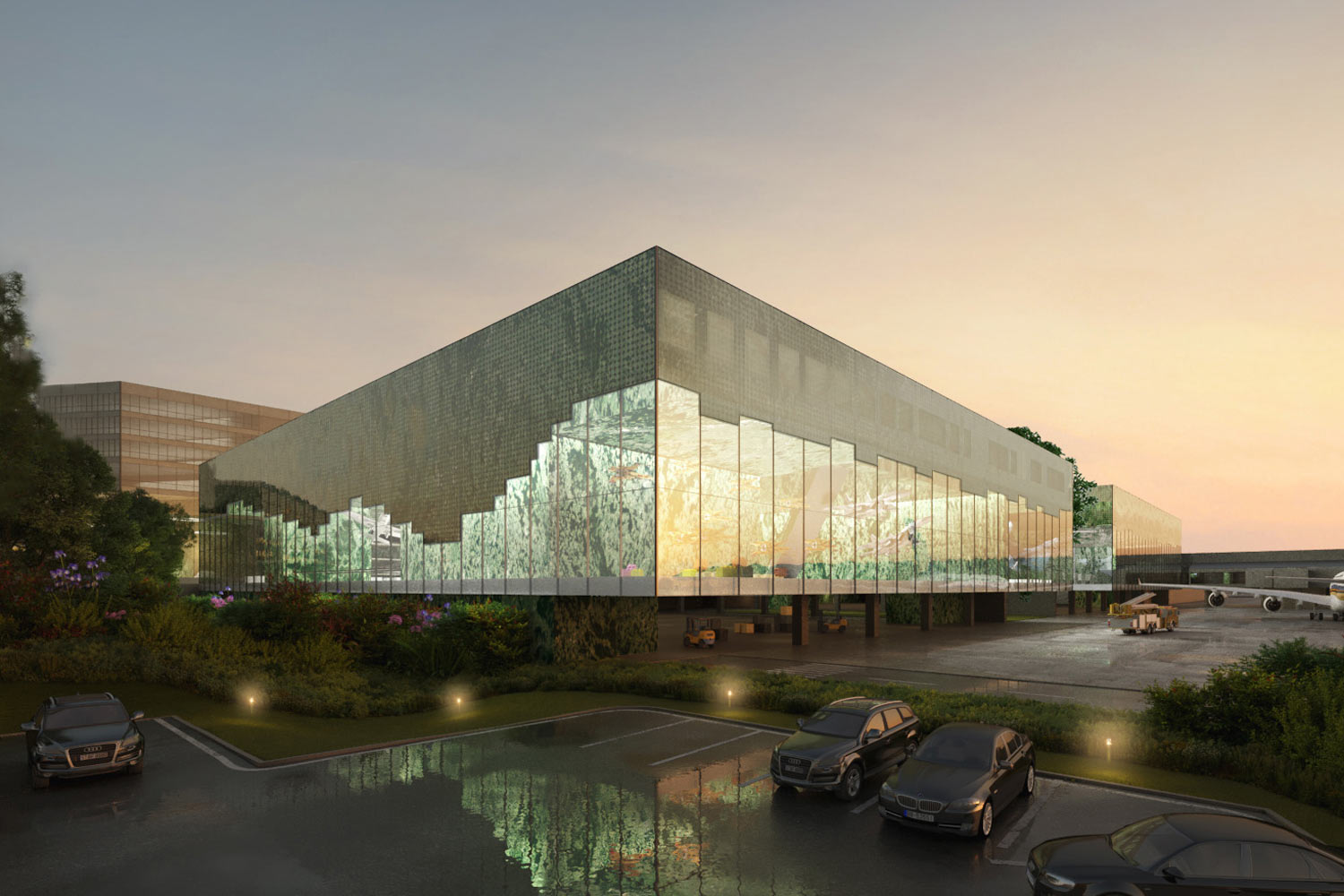
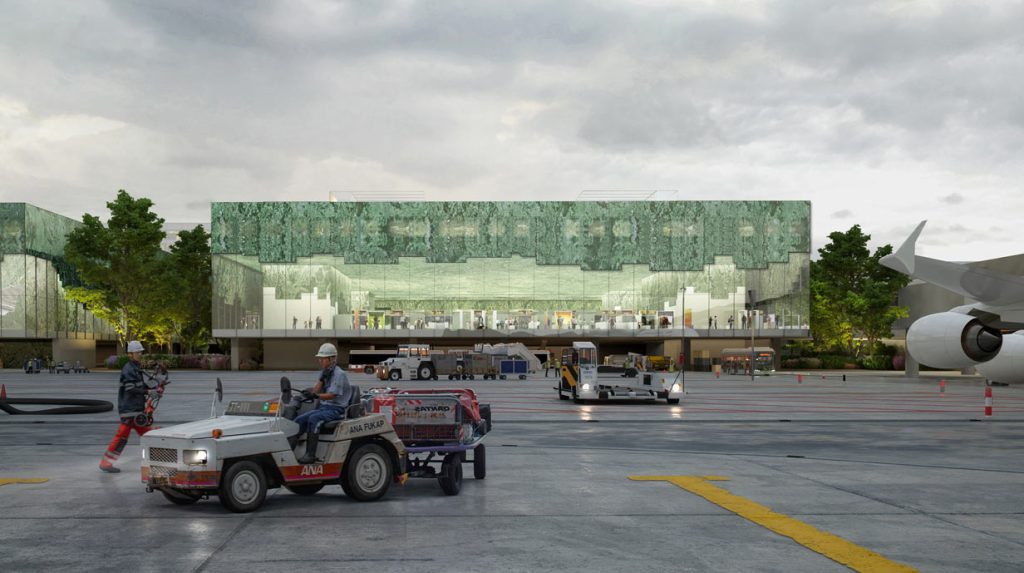
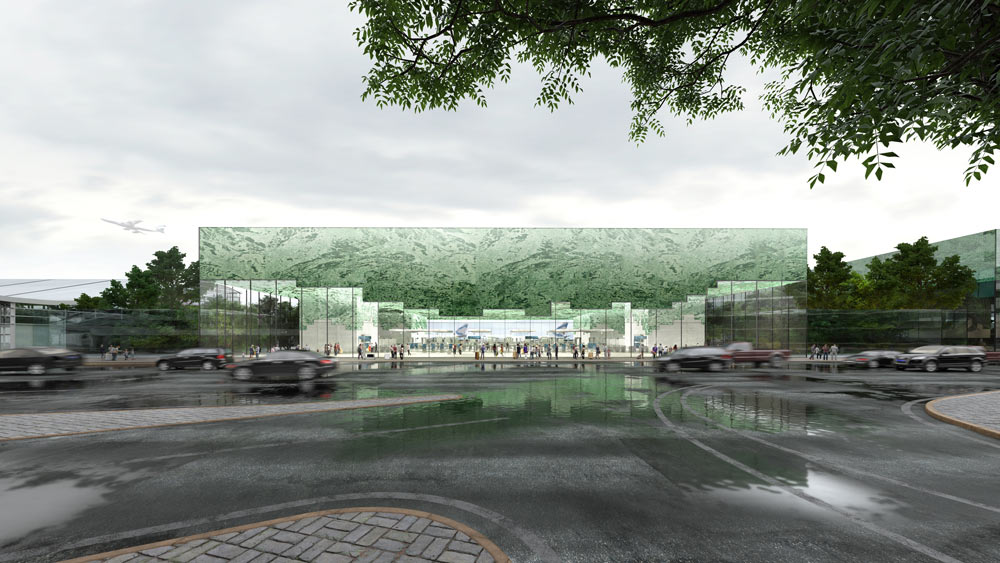
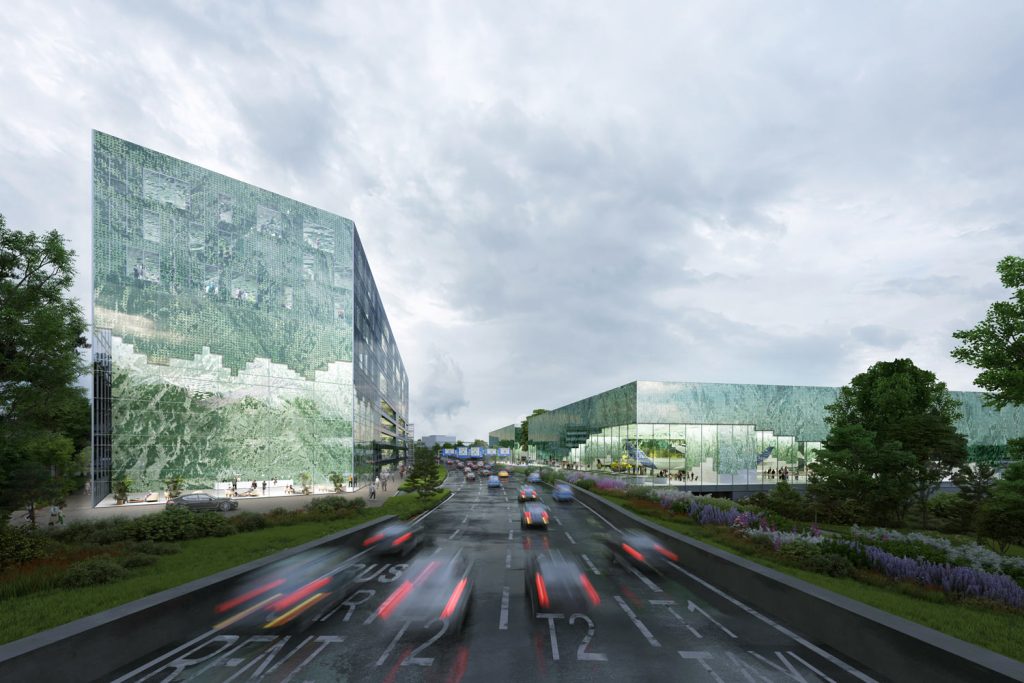
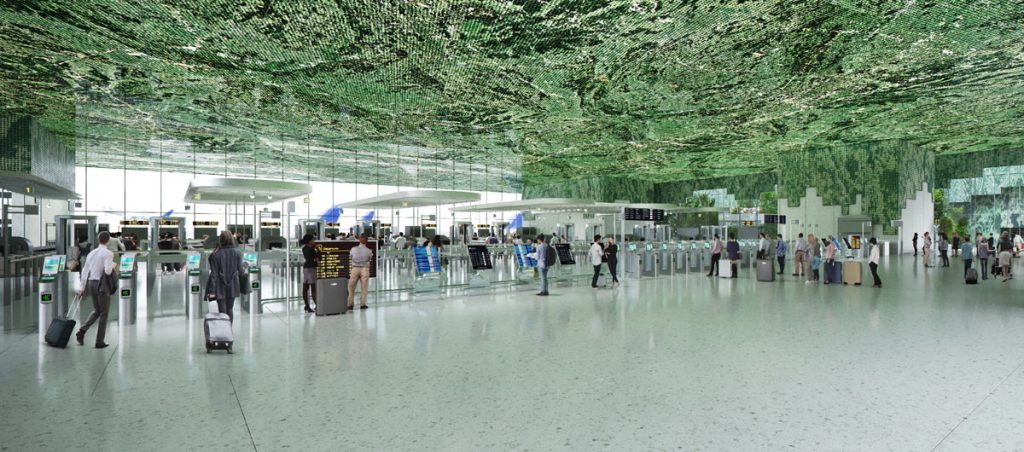
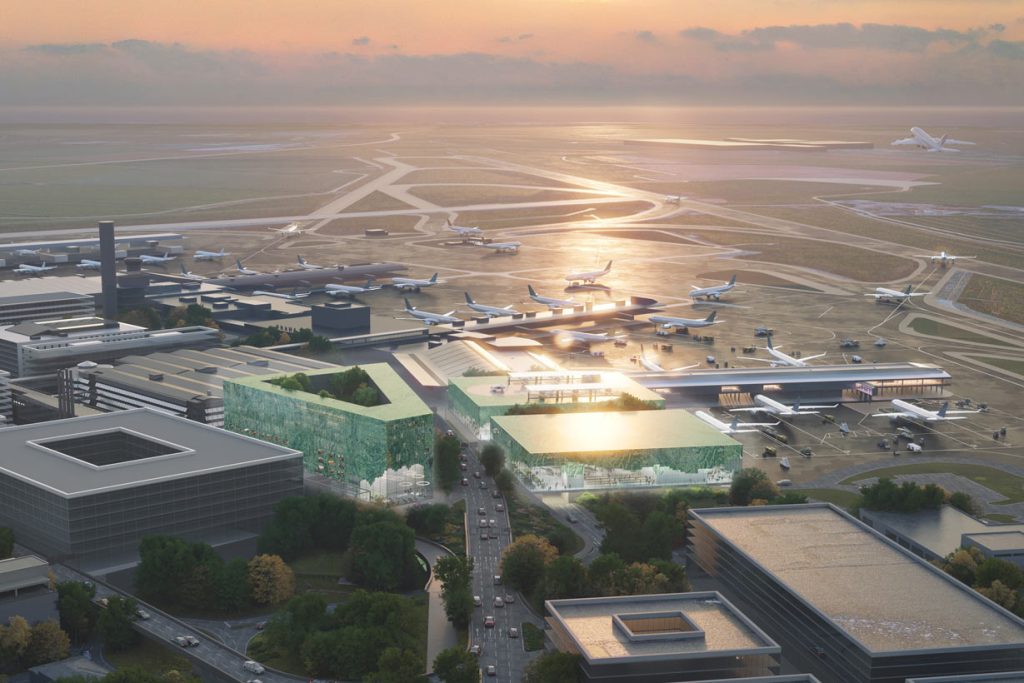
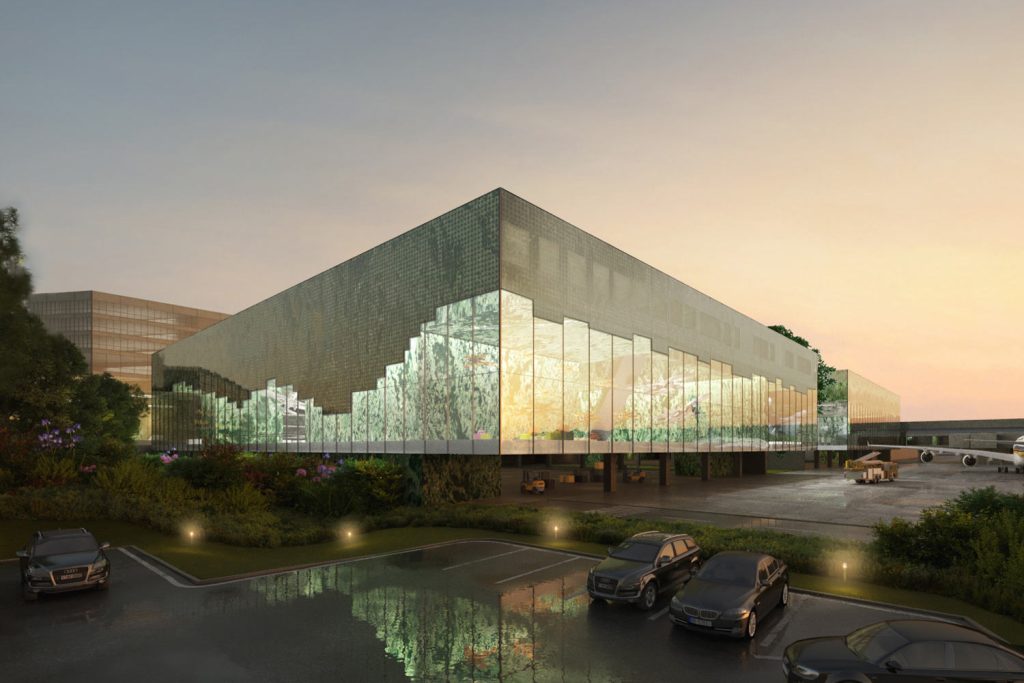

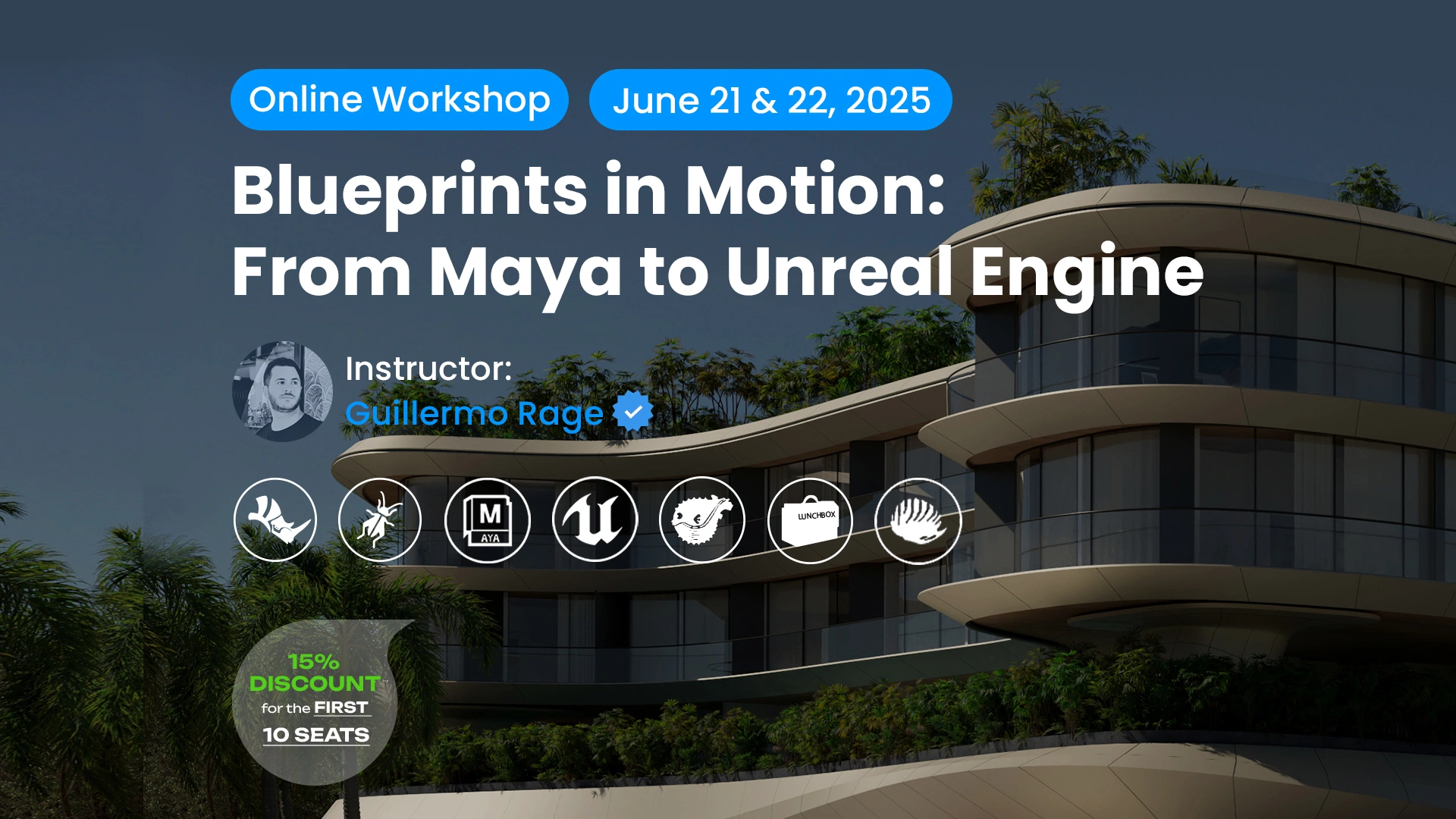












Leave a comment